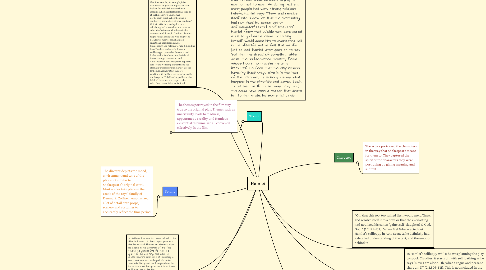Hamlet
by swag swag


1. Existential Crisis: The theme of Hamlet's crisis is evident throughout the film which fulfills Shakespeare's intentions. Mel Gibson playing Hamlet, dramatically delivered the soliloquy of Act 3 "To Be or Not To Be". Here Hamlet was conflicted over his existence, basically saying to exist or not to exist. As during that era most people had very strong religious beliefs, Hamlet says "Thaw, and resolve itself into a dew, or that the everlasting had not fixed his canon 'gainst self-slaughter! O God, God!" (1.2.130-133). Hamlet knew that suicide was considered a sin to god as he knew that killing himself would deem him to everlasting hell in the afterlife yet he felt that his life just as bad. Hamlet later goes on to say "but that the dread of something after death, the undiscovered country from whose bourn no traveler returns" (1.2.80-83). He feels that the only reason humanity itself stays alive is in the fear of the unknown, as nobody knows what happens in the afterlife and comes back to tell the tale. If Hamlet was truly mad, this could have been a reason that drove him to that state, his existential crisis.
2. Appearance vs Reality: During the film, the conflict between appearance and reality is always present. Characters in Hamlet all hide behind masks to conceal their true identities. Hamlet, for example, fakes madness as he gives the impression that his love for Ophelia has drove him to insanity. When Hamlet talks to his friends about his sanity, "I am but mad north-north-west. When the wind is southerly, I know a hawk from a handsaw" (2.2.351-352), he is saying that he is calculating, he knows when to act mad as otherwise he is sane. This theme is also demonstrated through Claudius. Claudius feigns being a caring and wise king yet he has ulterior motives as he has dark secrets and uses Rosencrantz , Guildenstern and Polonius to hide it. Claudius fears Hamlet's madness for his own wellbeing yet pretends to be concerned for his health. Another example of deceit is seen through Rosencrantz and Guildenstern who at first glance appear to care for the wellbeing of their friend yet also have ulterior motives. Hamlet also lies to them as he knows that they are working with the King, but goes along with the deception. This film along with the play is full of characters who appear to be what they are not. Director Zeffirelli
3. A different scene that was added to the film that wasn't in the original play was the funeral of Hamlet Sr. There is also no scene in the beginning of the film where the guards are met with the ghost of the late King. This adds to Shakespeare's intentions of creating a more ominous and anticipated feeling towards the ghost, as it emphasizes the importance of the ghost as it is not seen until later on in the film.
4. The film takes place in a Medieval Era yet the scenery accurately reflects the ominous setting that readers would imagine whilst reading Hamlet. The castle that the movie was filmed in was dark with a colder feeling to it and the characters dressed dramatically to represent the time period correctly. The opening scene showing the castle is seen in a blue light with ominous music. Blue light is often used in crime drama to demonstrate a haunting and grim setting which accurately convey all the scenes in Hamlet.
5. Theme
5.1. The themes portrayed in the film stay true to the original play. Themes such as uncertainty leads to madness, appearance vs reality and Hamlet's existential dilemma are all conveyed effectively in the film.
5.1.1. Text book, exercises 34, 35, 36, 37

